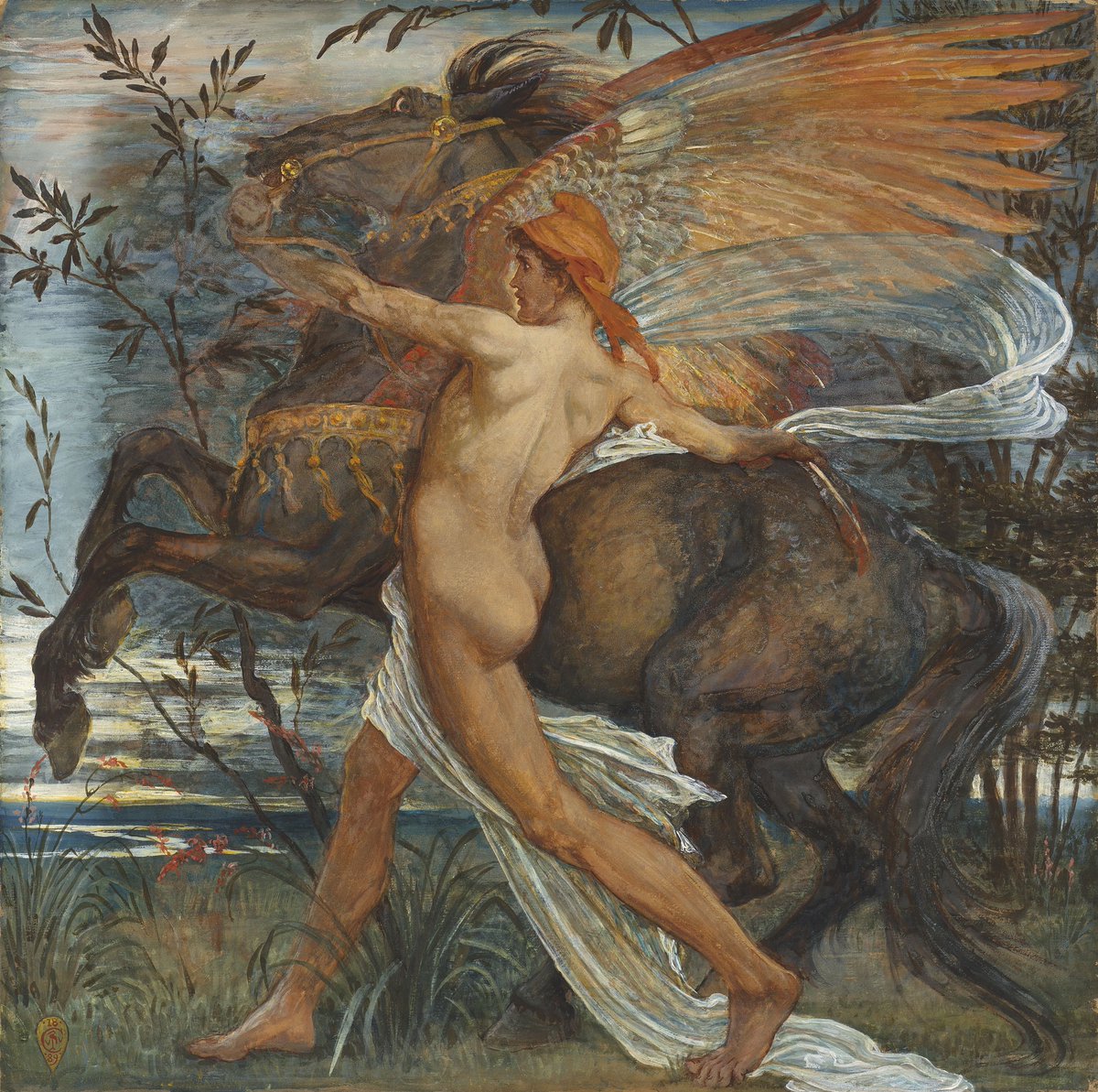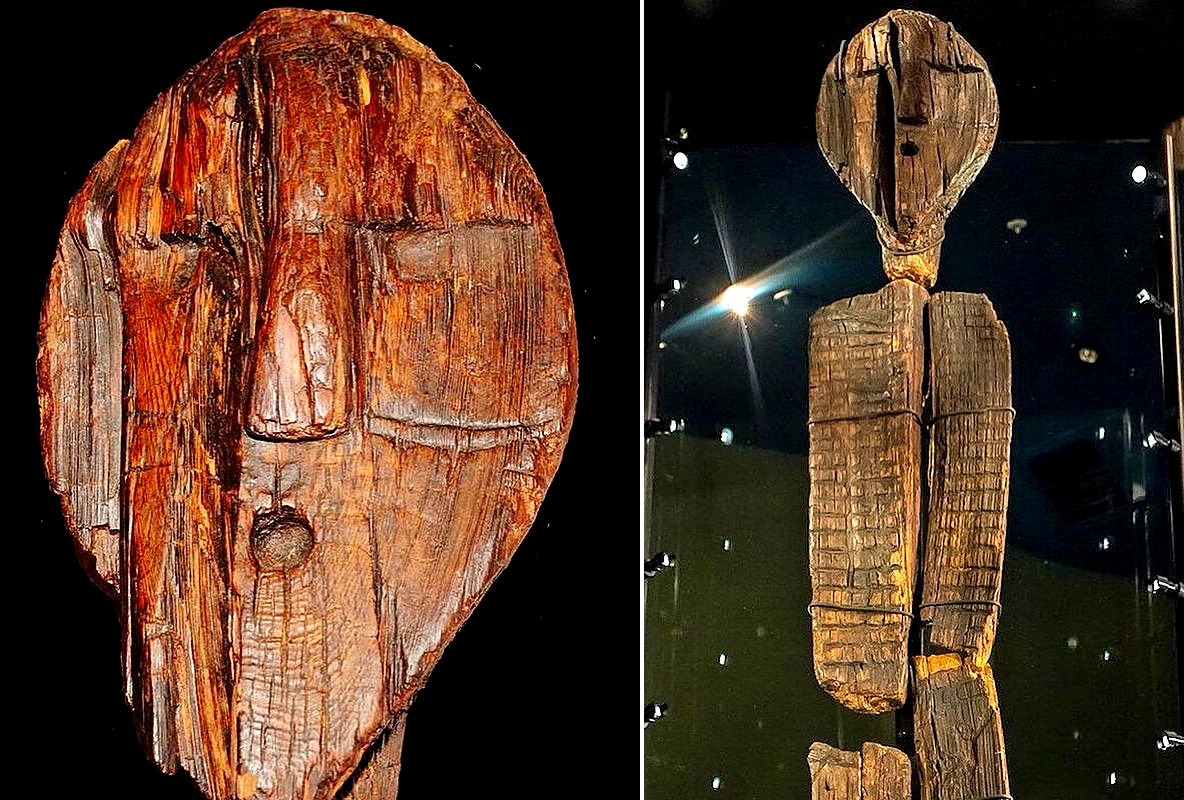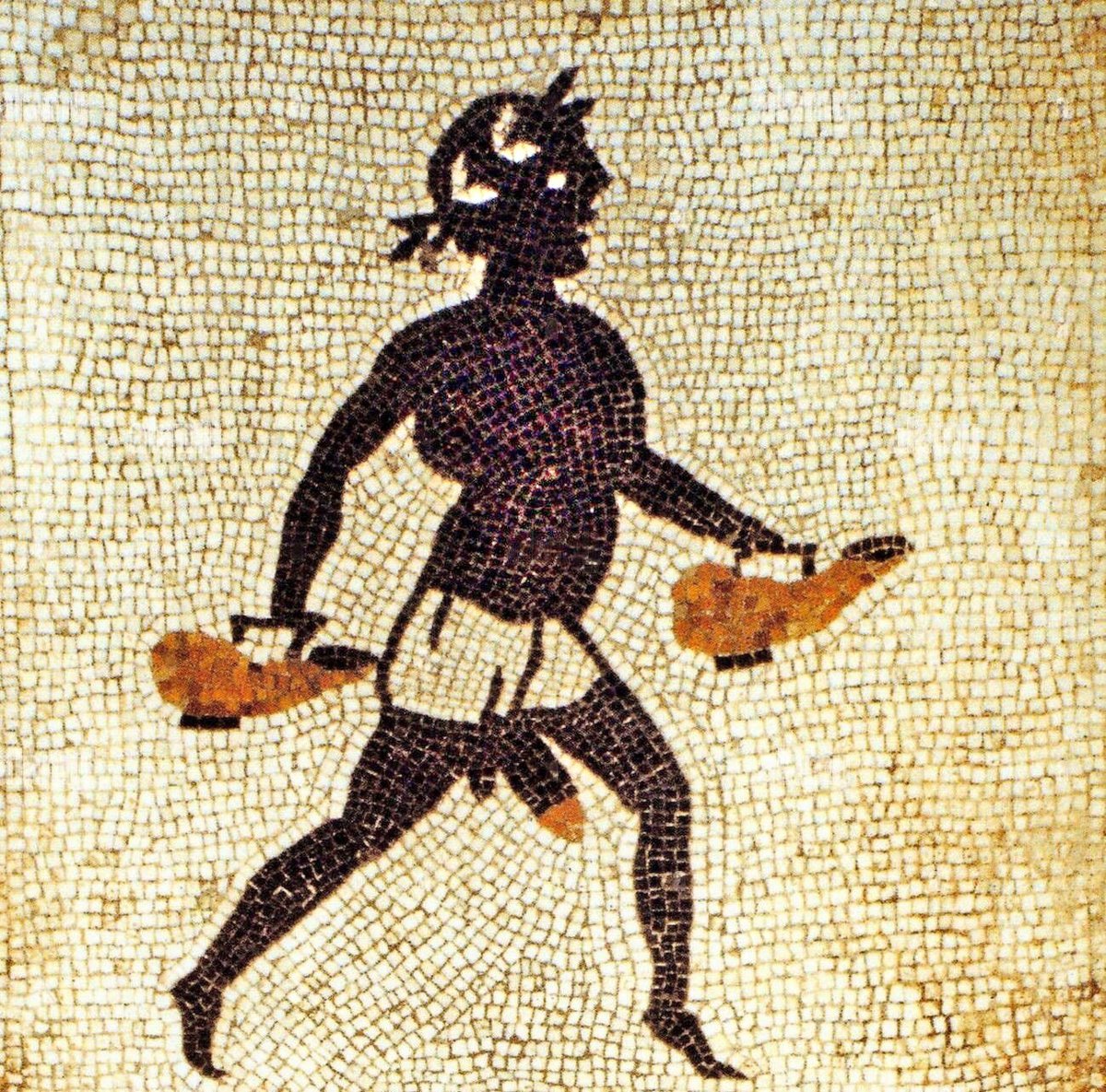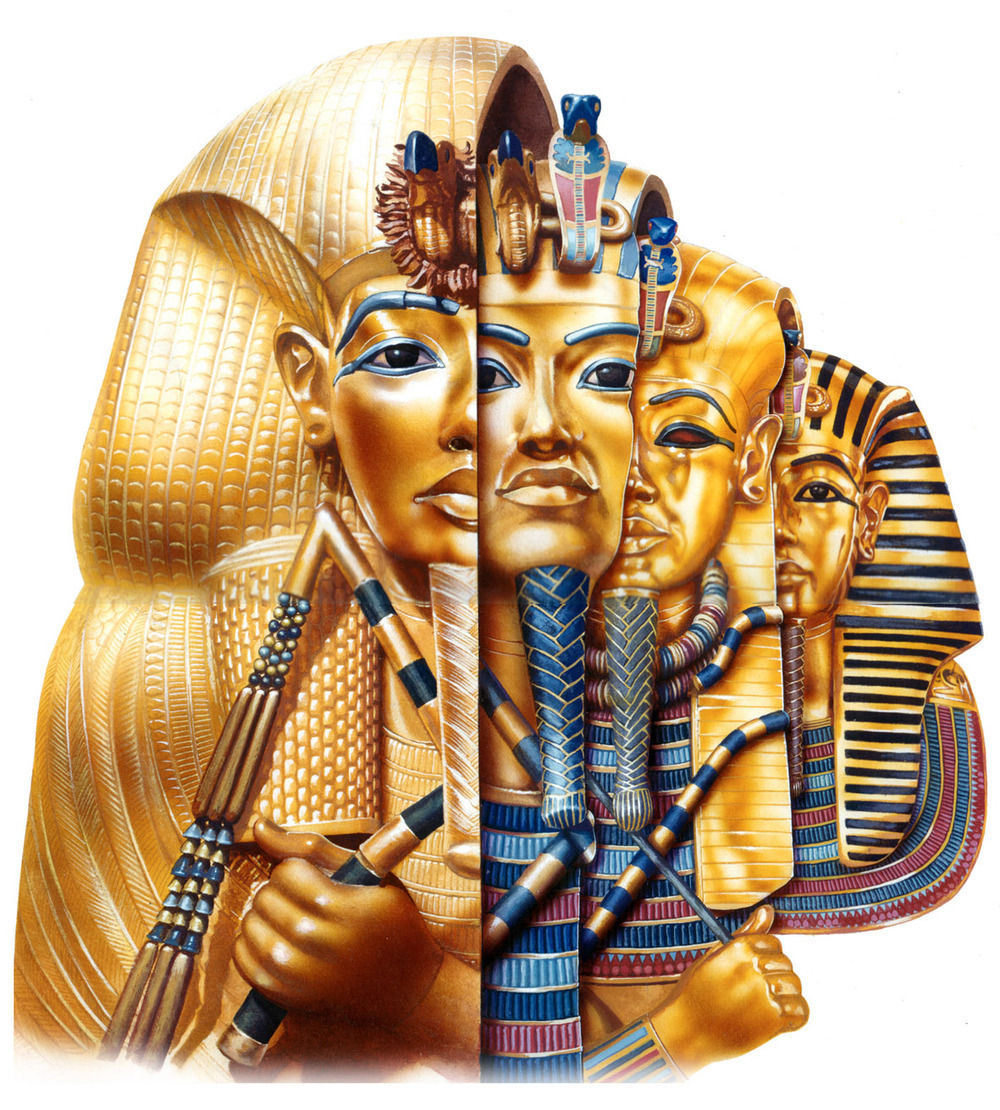827
828
832
834
835
836
840
841
On this day in 330, Constantine I dedicated Byzantium (Constantinople; now Istanbul) as the new capital of the Eastern Roman Empire (Byzantine Empire), an act that helped transform it into a leading city of the world. #11may330
842
843
844
845
846
847
848
849
850

























